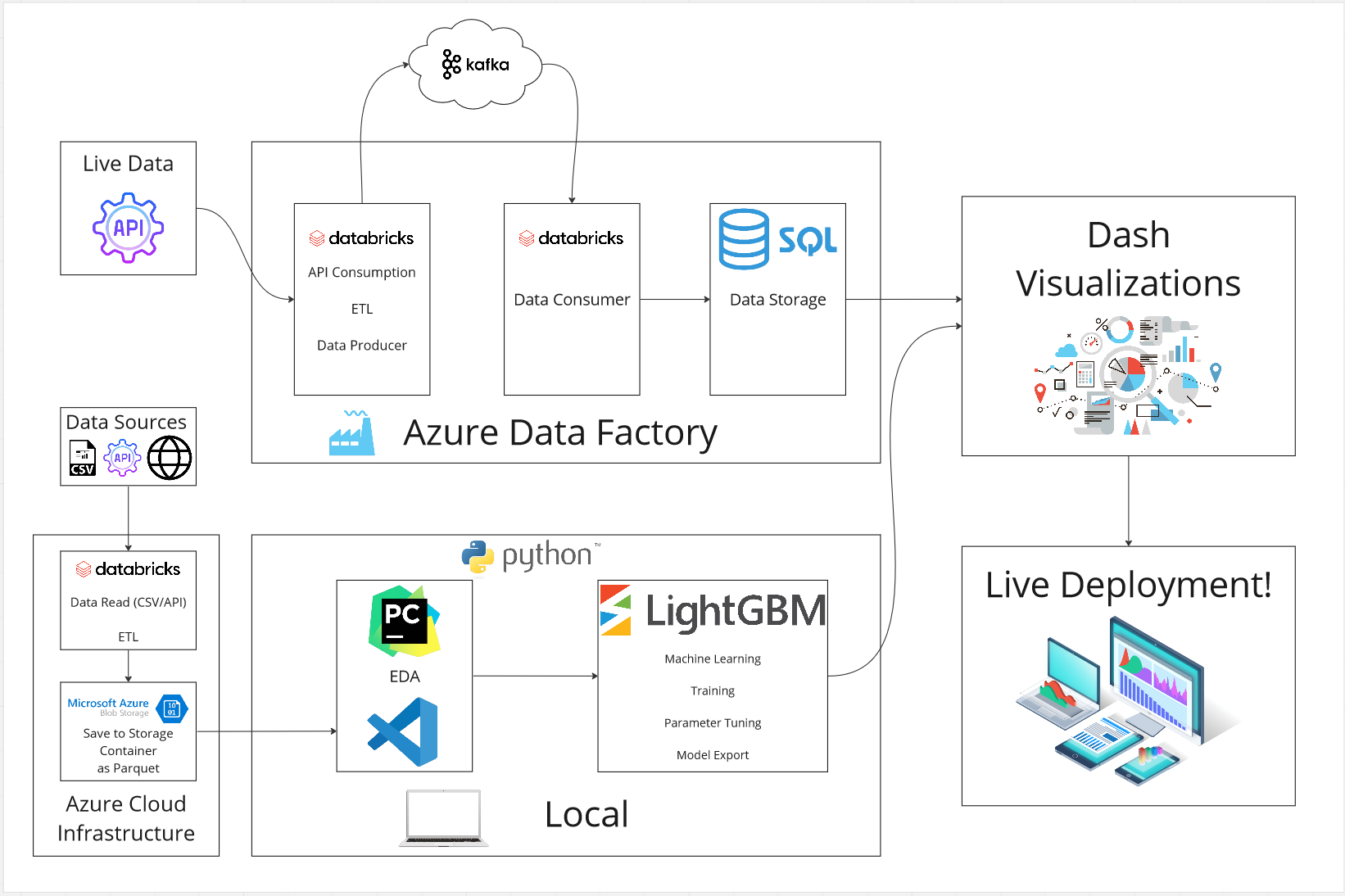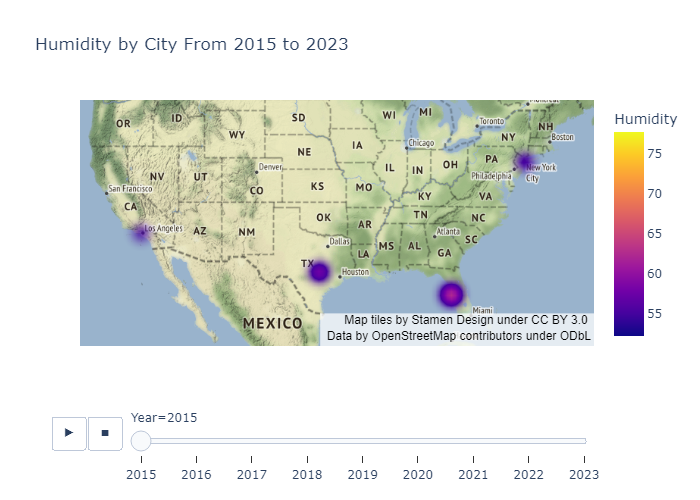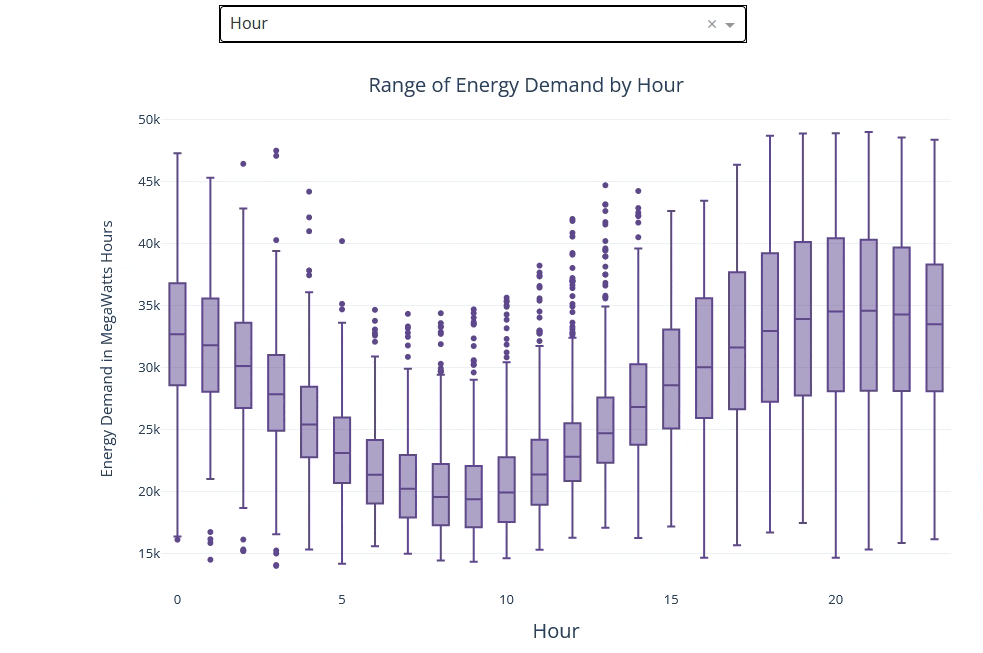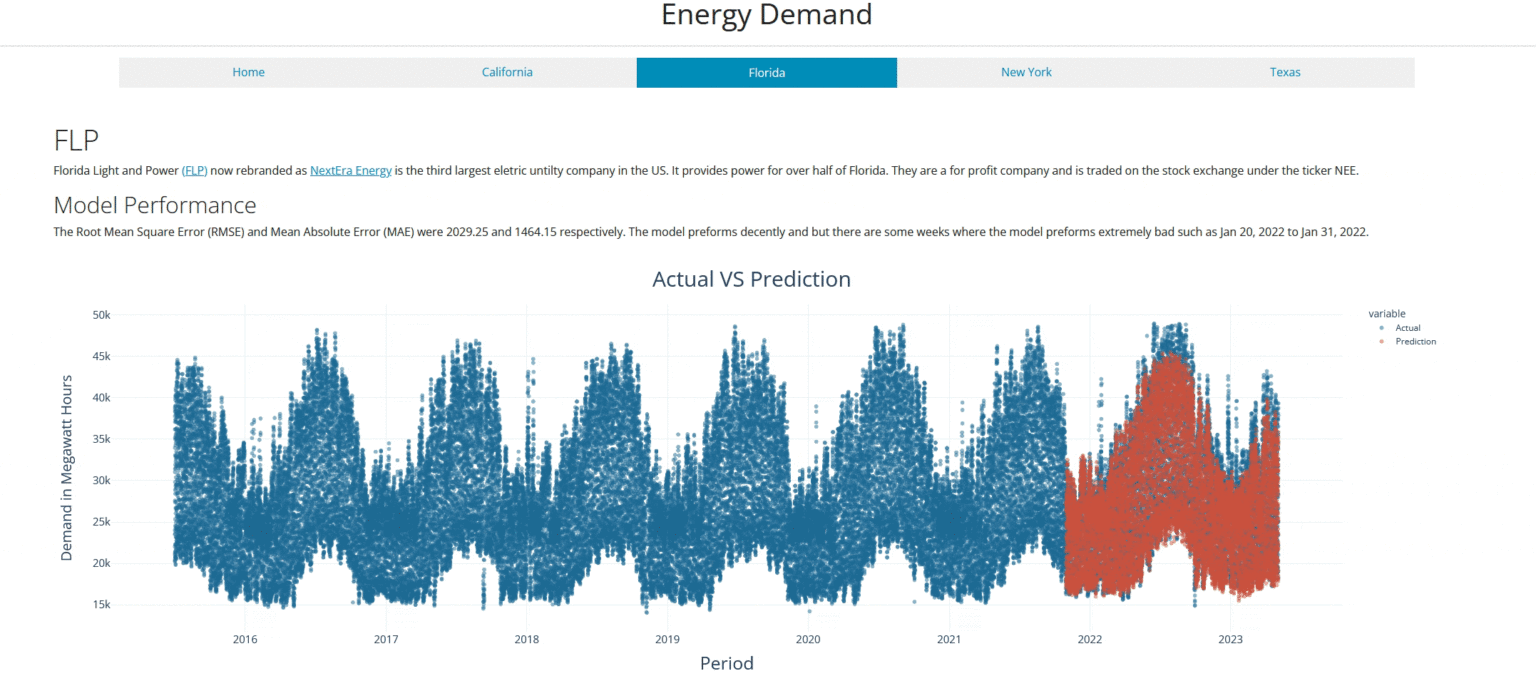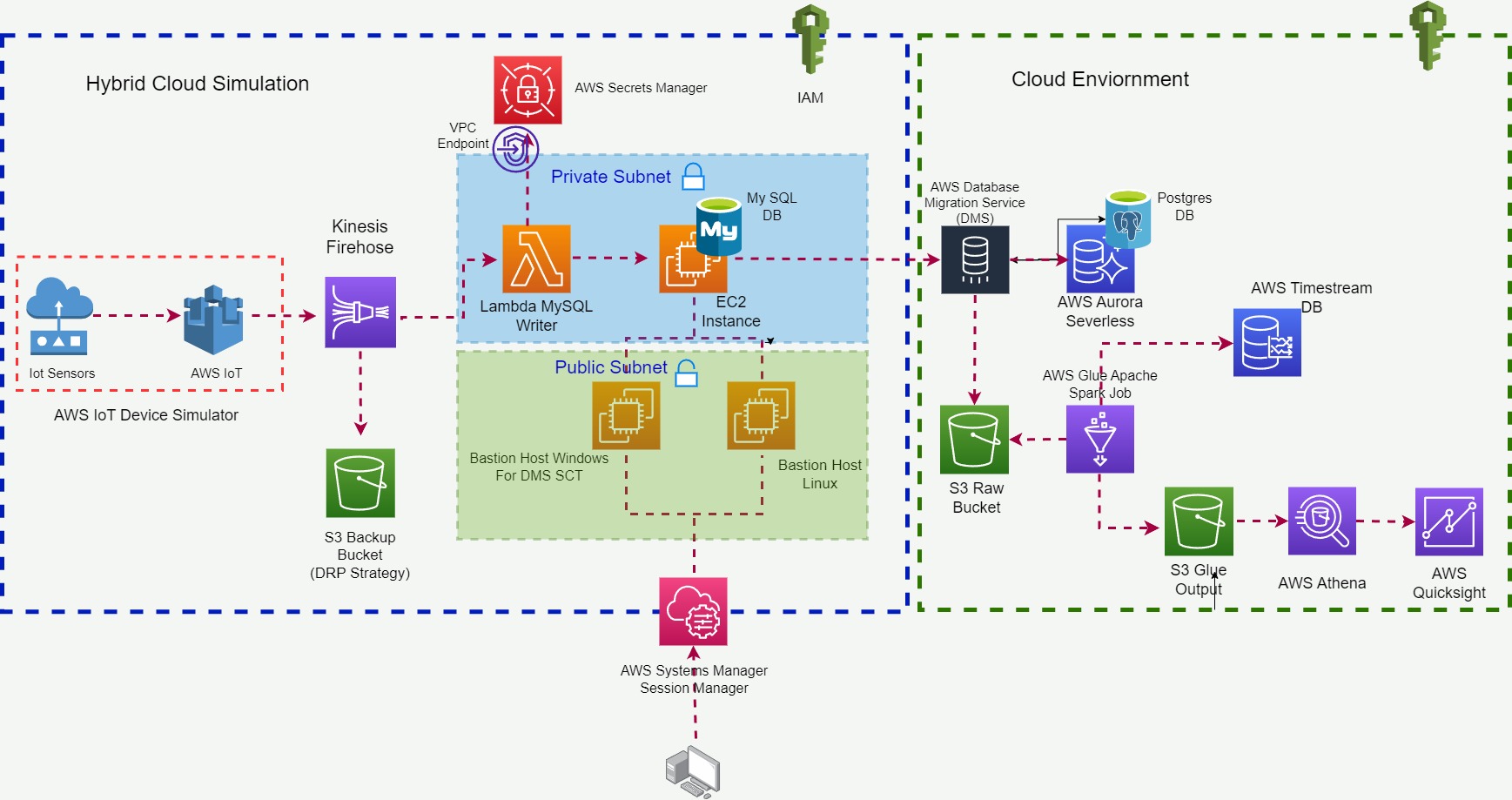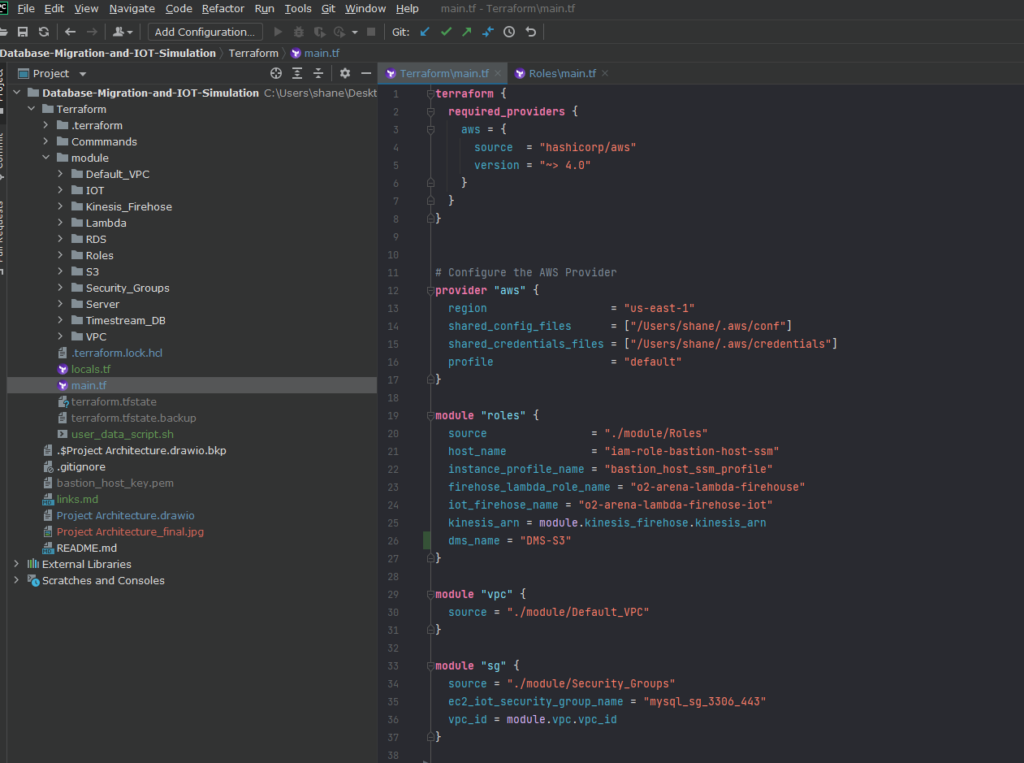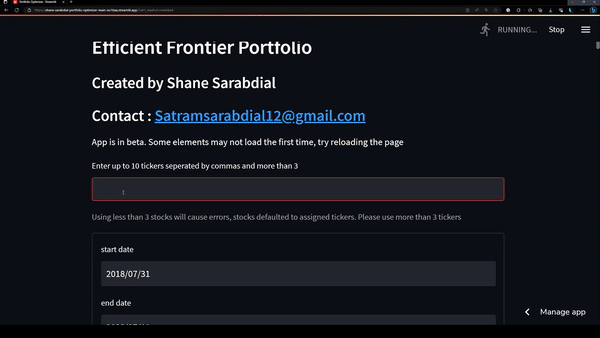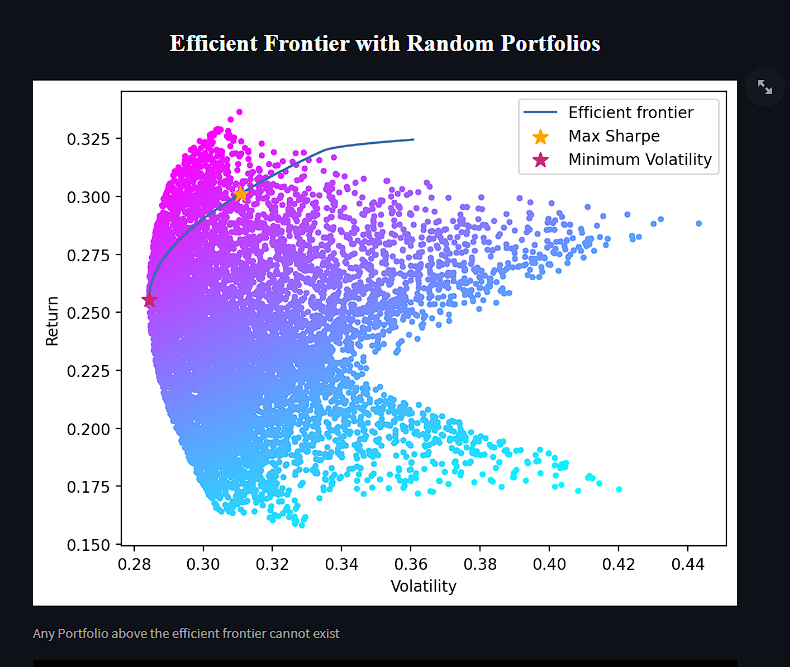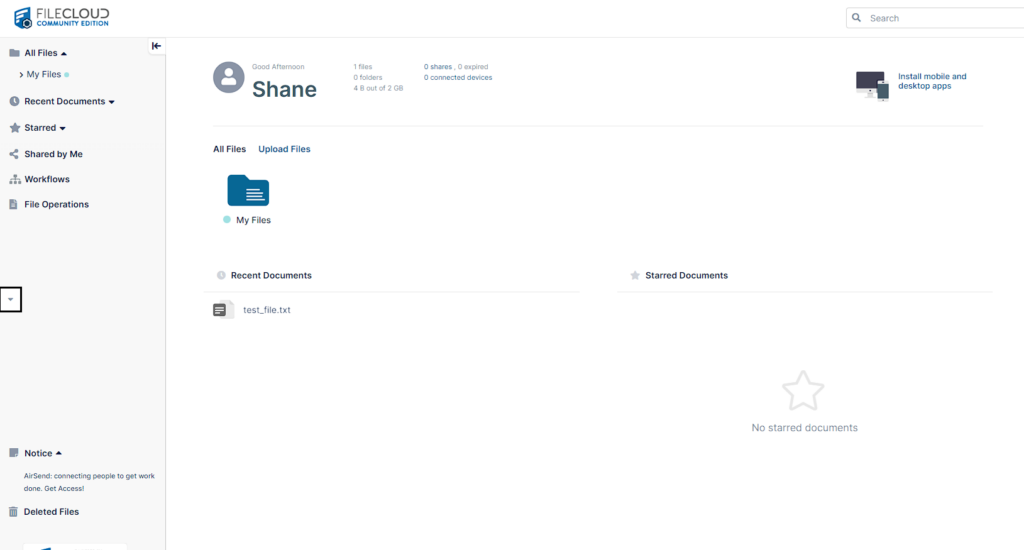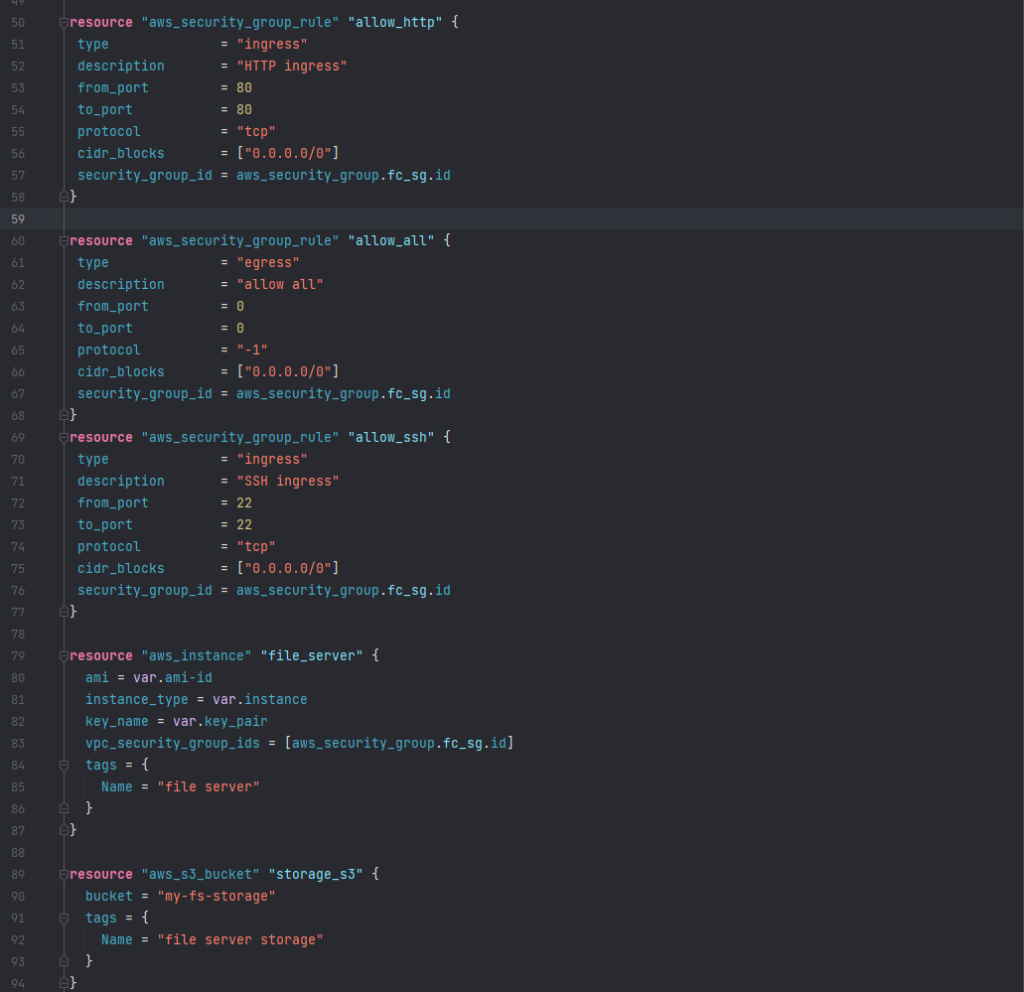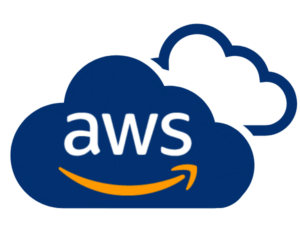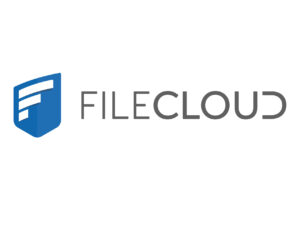Portfolio
Predicting Energy Demand in US Cities
Over the past few years, the United States has experienced a significant increase in both energy demand and prices, which can be attributed to various factors such as political, environmental, and geological influences. The objective of this project was to examine the impact of weather conditions on energy demand. To achieve this, multiple APIs were utilized to collect energy demand, financial, and weather data, alongside data obtained through scraping. Subsequently, the amassed data underwent exploratory data analysis (EDA) using Azure to gain valuable insights. After cleaning the data, several machine learning algorithms including XGBoost, LightGBM, and random forest were employed to forecast future energy prices. Finally, a coherent dashboard, depicted below, was created to present the key findings of the study.
Database Migration Simulation with AWS and Terraform
In this endeavor, I have undertaken the simulation of a database migration utilizing Amazon Web Services (AWS), coupled with the implementation of Terraform as the chosen Infrastructure as Code (IaC) toolset. The primary objective has been the seamless deployment and orchestration of various critical services, including but not limited to Kinesis Firehose, Amazon S3, AWS Lambda, Amazon EC2 instances, MySQL and PostgreSQL databases, AWS Glue, and Amazon Athena.
The contextual backdrop involves a scenario wherein a multitude of IoT sensors is actively generating substantial volumes of data. The fundamental requirement is the establishment of a robust data pipeline that not only efficiently ingests this continuous data stream but also diligently adheres to the highest standards of security practices. Moreover, the devised solution places paramount importance on resilience in the face of potential operational setbacks.
A pivotal component of this project involves the transition towards a novel database architecture. This transition necessitates a meticulous data migration strategy that ensures the seamless transfer of information. Notably, this migration process must be conducted without impeding the ongoing data write operations to the existing MySQL database. This concurrent migration and data writing paradigm underscores the complexity of the undertaking.
Of equal significance is the security aspect of this project. Given the sensitive nature of the data being handled, direct public internet access to critical ports, notably port 80 used for SSH, is to be avoided at all costs. Striking the right balance between accessibility and security has been a central concern throughout the project.
Below is an architecture design I created to adhere to these policies.
Efficient Frontier App
The efficient frontier represents a collection of ideal portfolios that provide either the highest anticipated returns at a specific level of risk or the lowest risk for a given expected return. Leveraging my finance expertise, I developed an application that retrieves data from the Yahoo Finance API and generates an optimal portfolio aligned with the efficient frontier based on the parameters you specify. This application was constructed using Streamlit, with key libraries utilized including numpy, pandas, plotly, yfinance, and matplotlib. For comprehensive information about the project, please refer to my GitHub repository.
Self-Hosted Cloud Drive
Have you ever utilized a cloud-based file-sharing system, such as OneDrive, iCloud, or Google Drive? Within the scope of this project, I successfully developed a cloud file-sharing system employing FileCloud as the underlying technology. The cloud infrastructure was hosted on the AWS (Amazon Web Services) platform, and its resources were meticulously orchestrated through Terraform.
By creating a personalized cloud environment, this approach not only yields cost advantages but also grants unparalleled control over your data. Additionally, FileCloud offers a comprehensive suite of security tools that surpass those available on other conventional platforms. To gain insights into the step-by-step process of creating your own cloud drive, I invite you to explore the detailed tutorial available on my GitHub repository.

